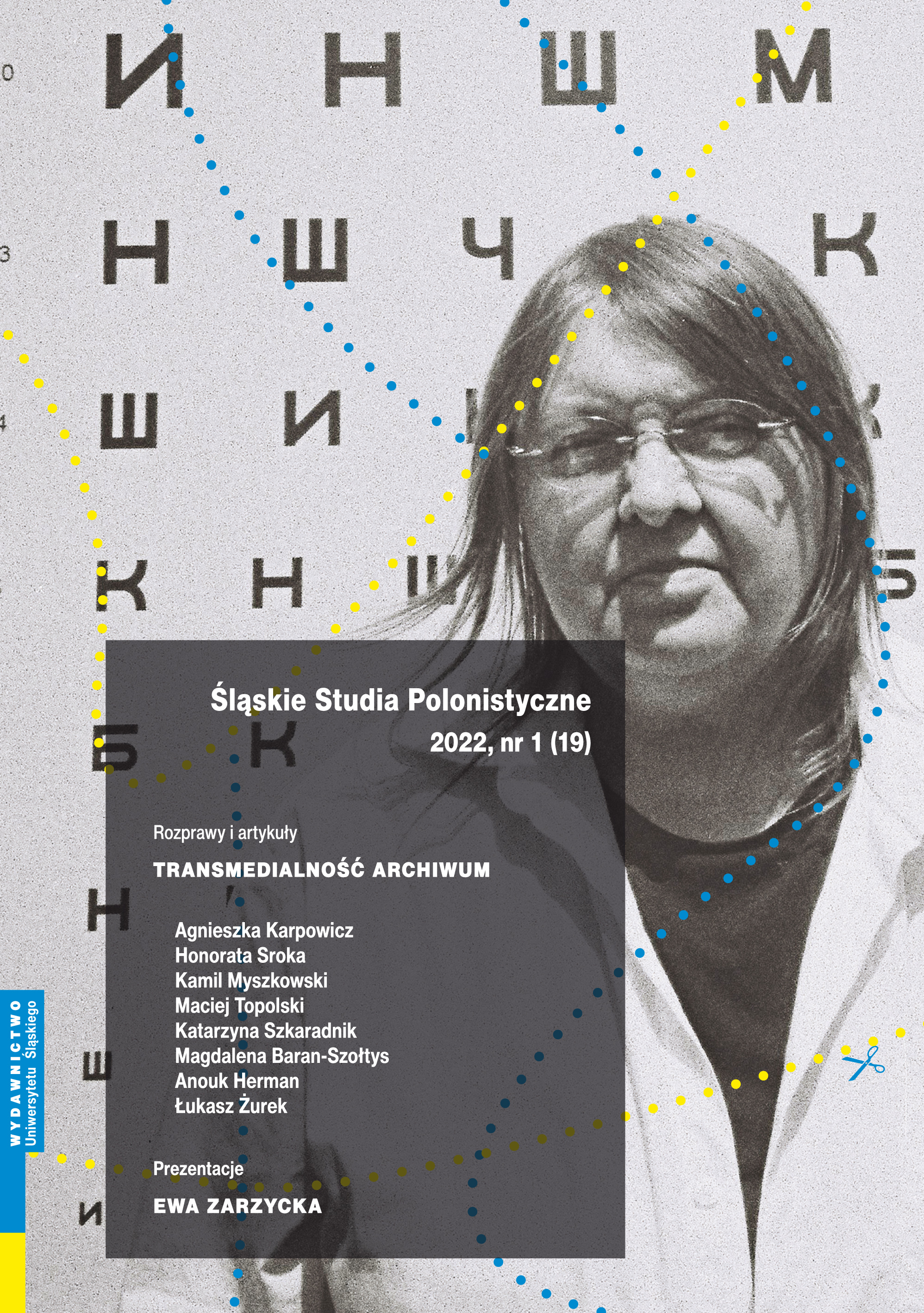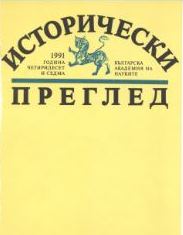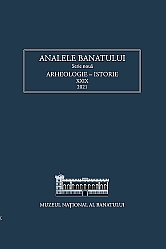
Nadzorcy nad aktami oraz archiwiści w grodach Korony w okresie XV–XVIII w. Zarys problemu
W literaturze naukowej nie było opracowania o charakterze syntetycznym, które ukazałoby proces ewolucji w zakresie opieki nad aktami grodzkimi, dlatego artykuł ten wypełnia istniejącą lukę. Ukazano w nim proces stop¬niowego powierzania obowiązków związanych z zabezpieczeniem akt grodzkich różnym urzędnikom, który w końcu doprowadził do powołania w jednym z urzędów grodzkich (chełmskim) stanowiska archiwisty. Zakoń¬czyło to w tym grodzie proces wyodrębniania się archiwum z kancelarii grodzkiej. Był to ważny fakt zarówno w dziejach polskich instytucji sądo¬wych okresu staropolskiego, jak i archiwów. W innych urzędach grodzkich formalne wydzielenie archiwów nie nastąpiło, prawdopodobnie ze względu na rychły upadek Rzeczypospolitej. W artykule szczegółowo opisano etapy przekazywania kompetencji archiwalnych na różnych urzędników kance-laryjnych, wykorzystując informacje zawarte w dotychczasowych publika¬cjach oraz nieuwzględnionych do tej pory źródłach. [In the academic literature so far there was no synthetic study presenting evolutionary processes in the field of custody of municipal records, therefore this article aims to fill this gap. It shows the process of gradual delegation of responsibilities concerning safekeeping of town records to various officials, which finally led to establishing the position of an archivist in one of the municipal offices (in Chełm). This ended the process of separation of the archive from the municipal office. This was an important fact in the history of both Polish judicial institutions of the Old Polish period and archives as such. In other municipal offices, a formal separation of archives did not occur, probably due to the imminent collapse of Polish state. This article describes in detail the phases of passing the archival competences to various office clerks, using the information contained in previous publications and sources not covered so far.]
More...











